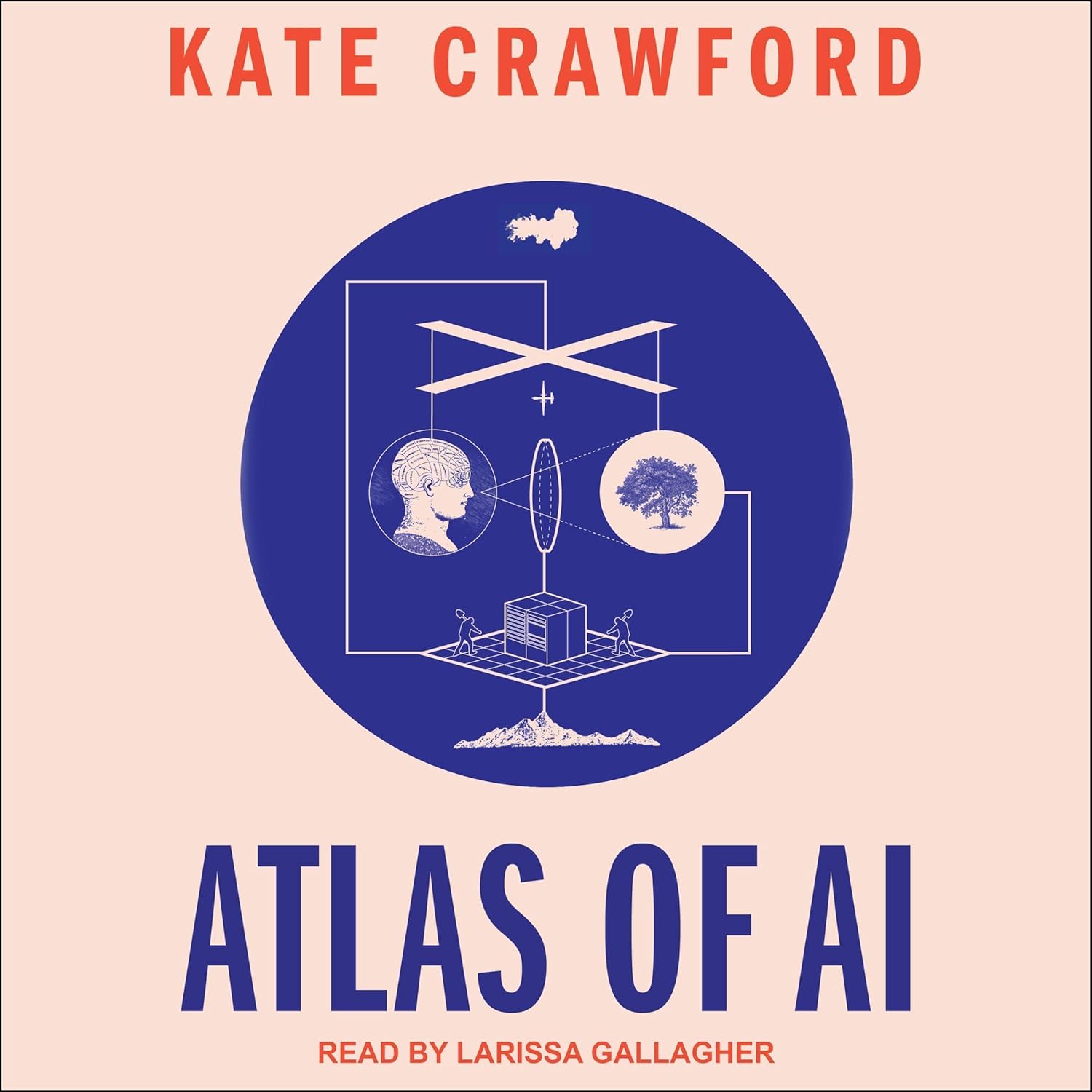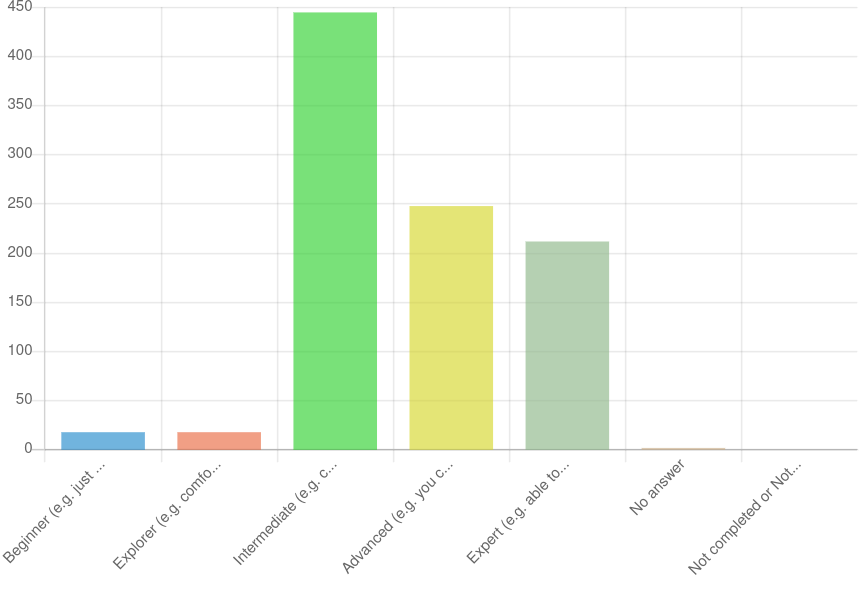Author: Thom Holwerda
Source
Sponsored:
Atlas of AI: Power, Politics, and the Planetary Costs of Artificial Intelligence - Audiobook

Uncover the true cost of artificial intelligence.
Listen now, and see the system behind the screens before the future listens to you. = > Atlas of AI $0.00 with trial. Read by Larissa Gallagher
As cool as the organizer was, it was extremely limited in pretty much every way. Psion had got many things right in the first go, as reviewers were quick to admit, and that made iterating on the design somewhat easy. The Organiser II CM released in 1986 was built on the Hitachi HD6303X (Motorola 6803) clocked at 920kHz with 8K RAM and 32K ROM. The screen was a much improved dot matrix LCD with two lines of sixteen characters. This version also shipped with a little piezo beeper built in, and an expansion slot on the top. The expansion slot could allow for a wired power adapter, a serial cable, a bar code reader, a telephone dialer, and even a USB port. Given the reputation of the first model for ruggedness and the coverage of the same quality in the second model, this particular model sold quite well to companies who needed handheld computers for inventory and other purposes. The Organizer II XP launched the same year, and this model had 32K RAM and a backlit screen while otherwise being the same machine. Given that both of these models had significantly more RAM than their predecessor, the programming capabilities were greatly enhanced with a new language, OPL, which was similar to BASIC. ↫ Bradford Morgan White The Psion Organiser II is the very root of all mobile computing today. This may seem like hyperbole – but trust me, it really is. I have an Organiser II LZ64 with a 32k datapak (memory card), and while it may look like a calculator, this little machine from 1986 already contains the very skeleton of the graphical user interface Palm would eventually popularise, and the iPhone and Android would take to extraordinary heights. Turn on an Organiser II, and you’re greeted by a home screen with a grid of applications (no icons, though, of course – just labels) with a selector you moved around with the cursor keys. Hit the EXE key, and the application would load up, ready to be used; hit the home button (the ON key if my memory serves) and it would take you back to the home screen. This basic paradigm, of a grid of applications as a home screen you always return to, survives to this day, and is used by billions of people on their Android and iOS devices, both smartphones and tablets. People with little to no knowledge of the history of mobile computing – or people spreading corporate propaganda – often seem to act as if the release of the iPhone was the big bang of mobile computing, and that it materialised out of thin air because Steve Jobs alone willed it into existence. The reality is, though, that there is a direct line from the early Psion devices, through to Palm OS, the iPhone, and later Android. There were various dead end branches along the way, too, like the Newton, like Symbian, like the original Windows PocketPC, and so on – but that direct line from early Psion to that fancy Pixel 8 Pro or whatever you have today is solidly visible to anyone without an agenda. I love my Organiser II. It’s approaching 40 years old now, and it still works without a single hitch. There’s barely a scratch on it, the display is bright, the pixels are clear, the characteristic sliding cover feels as solid today as it did when it rolled off the factory line. This is where mobile computing began.



